SHAQUDA, Continuing a Legacy of Brushes
The brand sells brushes made by hand using techniques inherited from the Edo period, but with a minimalist, contemporary design.
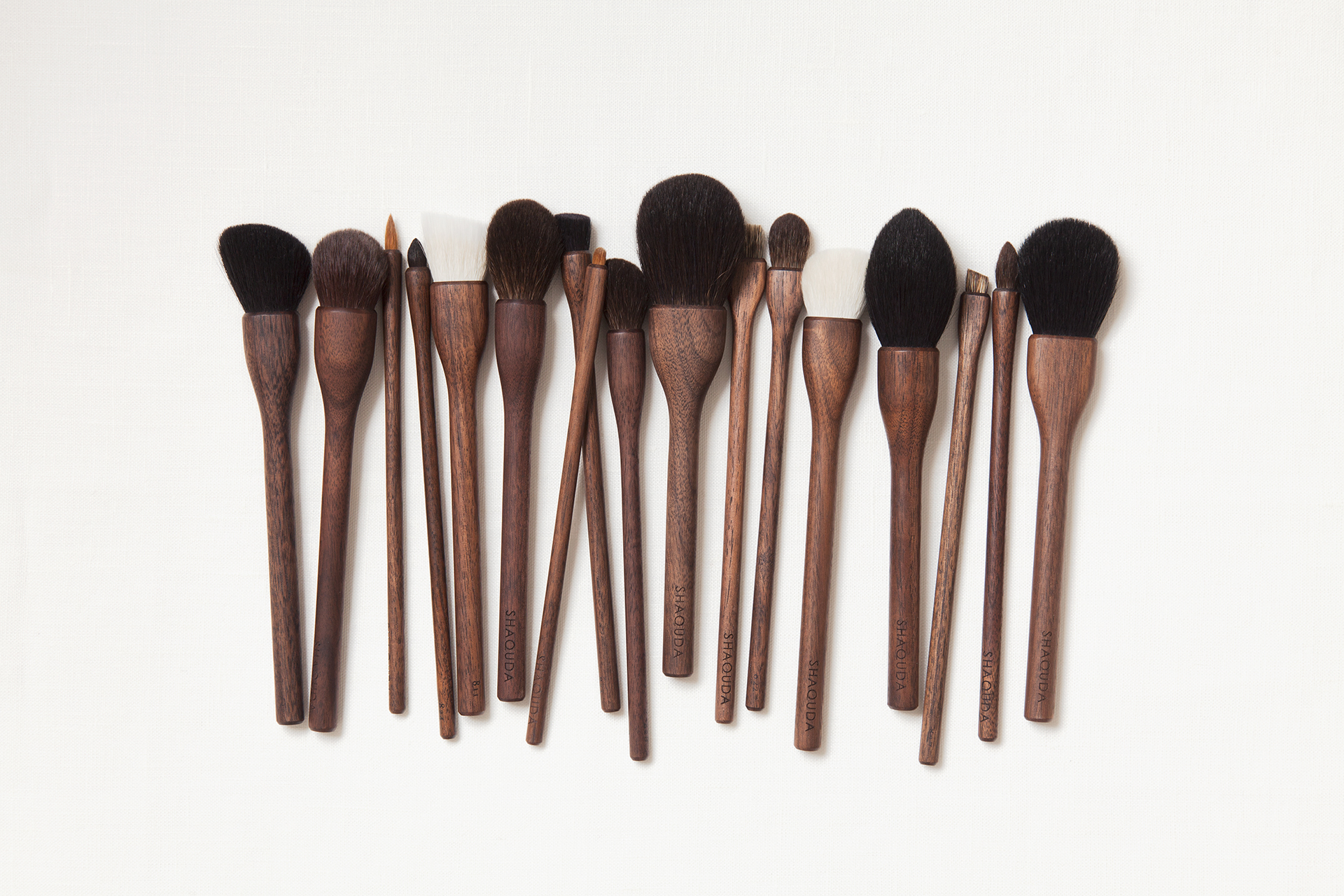
© SHAQUDA
Cleansing, exfoliating, applying makeup… Each of the brushes made by Japanese brand SHAQUDA has a particular function, made possible by their shape and the type and density of the bristles, whether natural or synthetic, selected to make them.
These products are handmade by artisans from the Kumano region, east of Hiroshima, renowned throughout Japan since the Edo period (1603-1868) for manufacturing brushes. SHAQUDA is based there with a view to perpetuating this centuries-old expertise while adding a modern touch, particularly their softly curved, minimalist design. Each brush is designed with the same foundation: walnut wood, to which hair, whether natural—like goat, horse, or squirrel hair—or synthetic, is then affixed.
Brushes with multiple properties
Although the brand is immediately associated with makeup brushes, SHAQUDA also makes massage brushes for both the face and body. Thus, the brand has developed selection protocols for the types of hair for their different properties, whether cleansing or exfoliating. These delicate objects make it possible to enjoy the benefits of Japanese baths outside of Japan.
In Europe, SHAQUDA’s products can be found in the Bijo online shop.
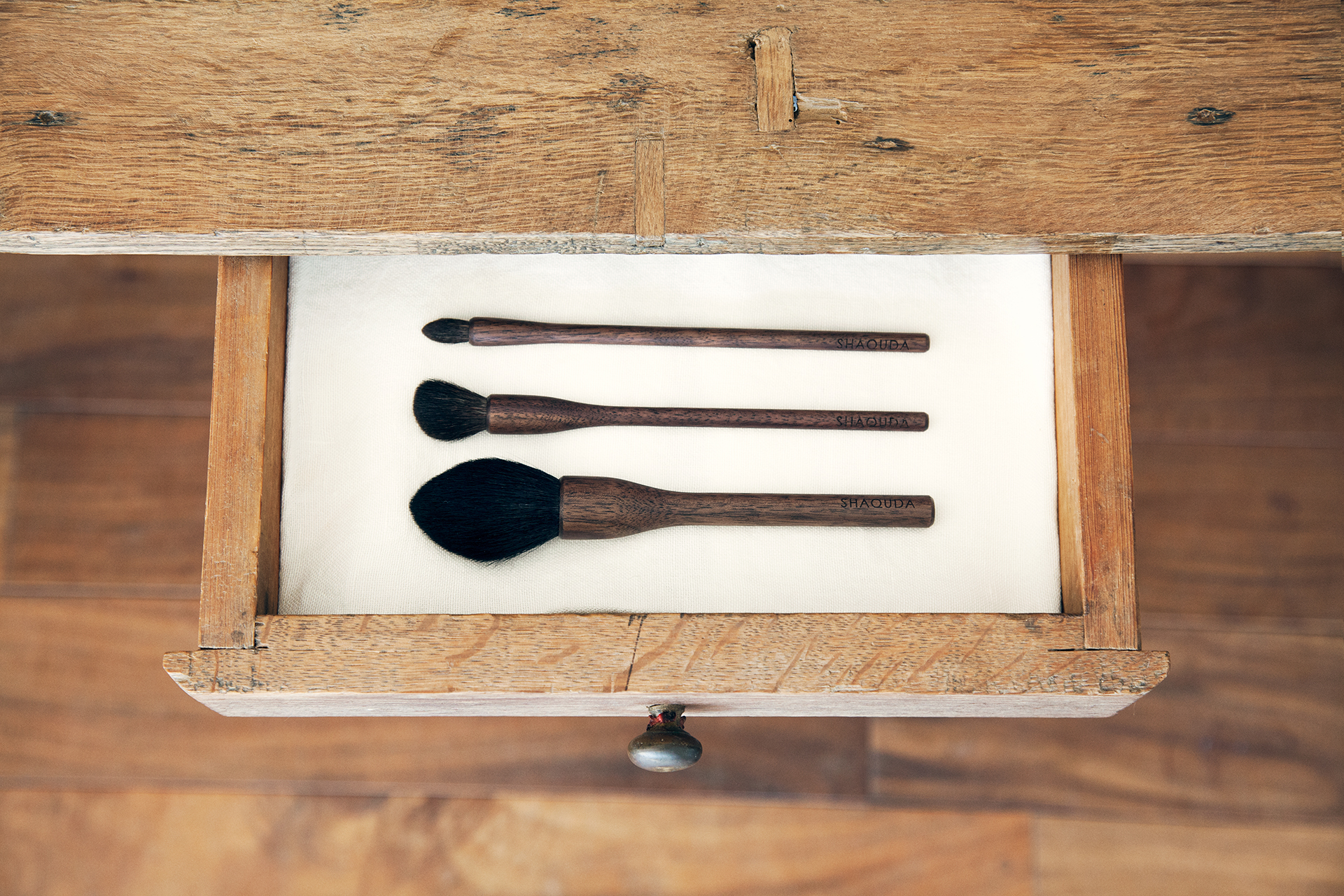
© SHAQUDA
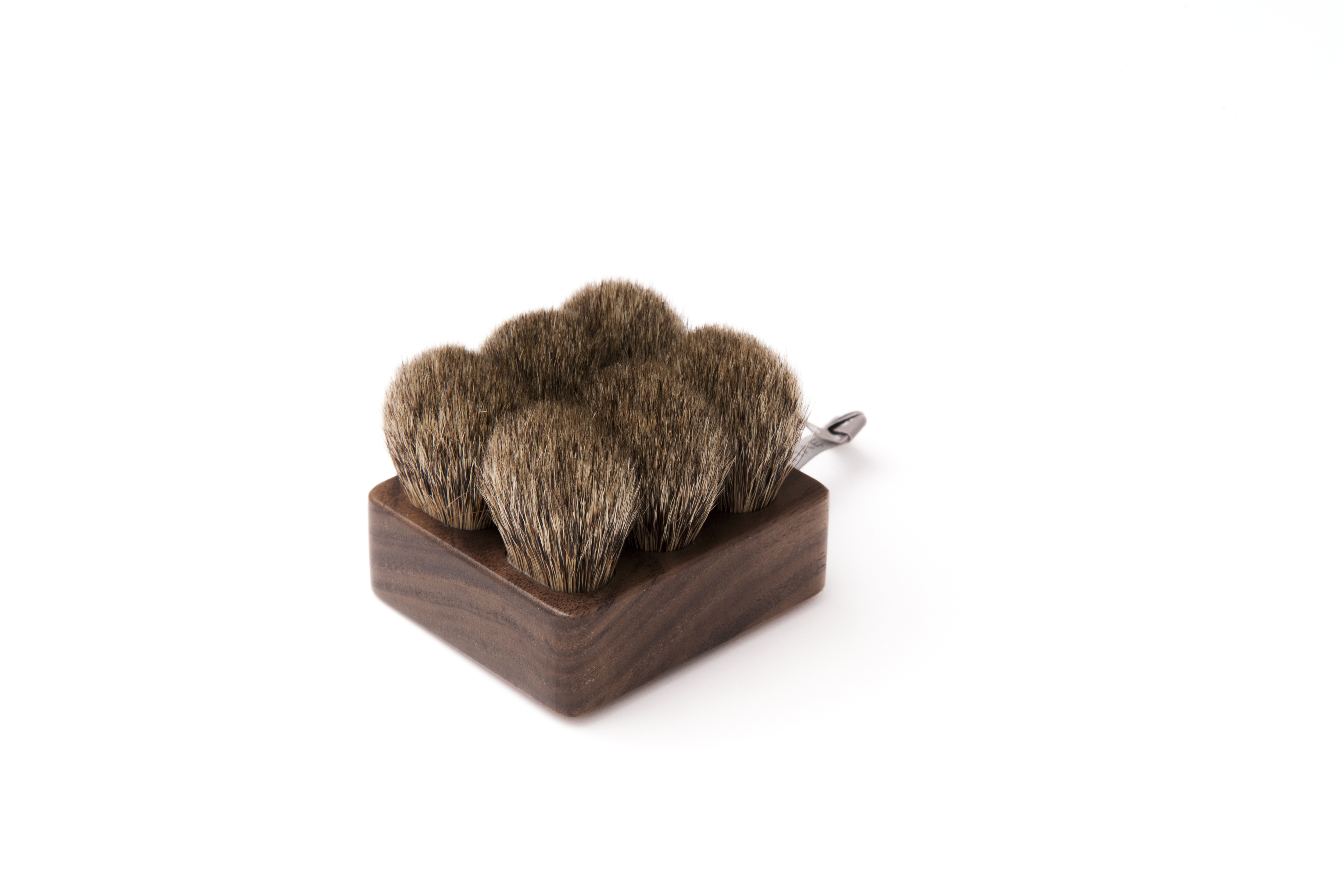
© SHAQUDA
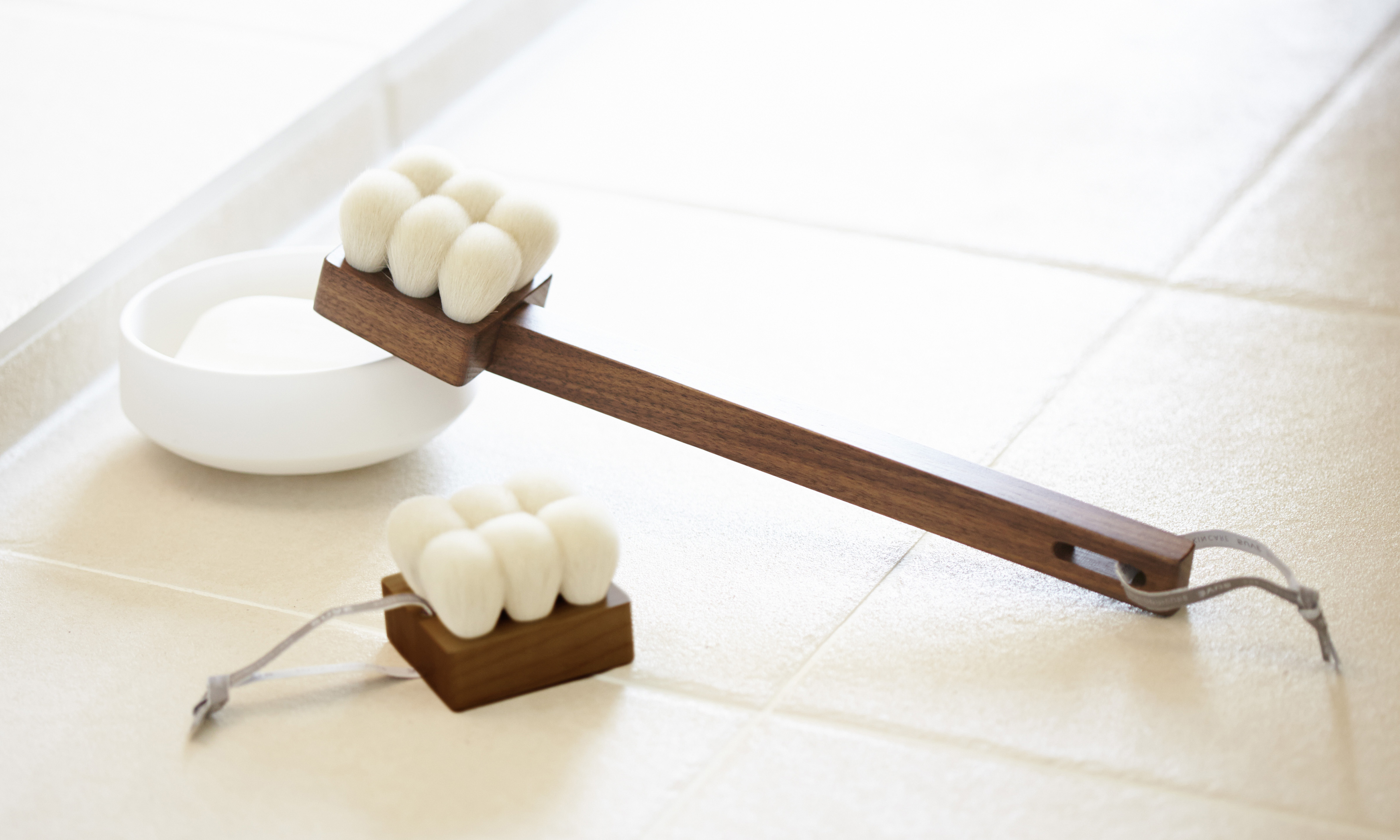
© SHAQUDA
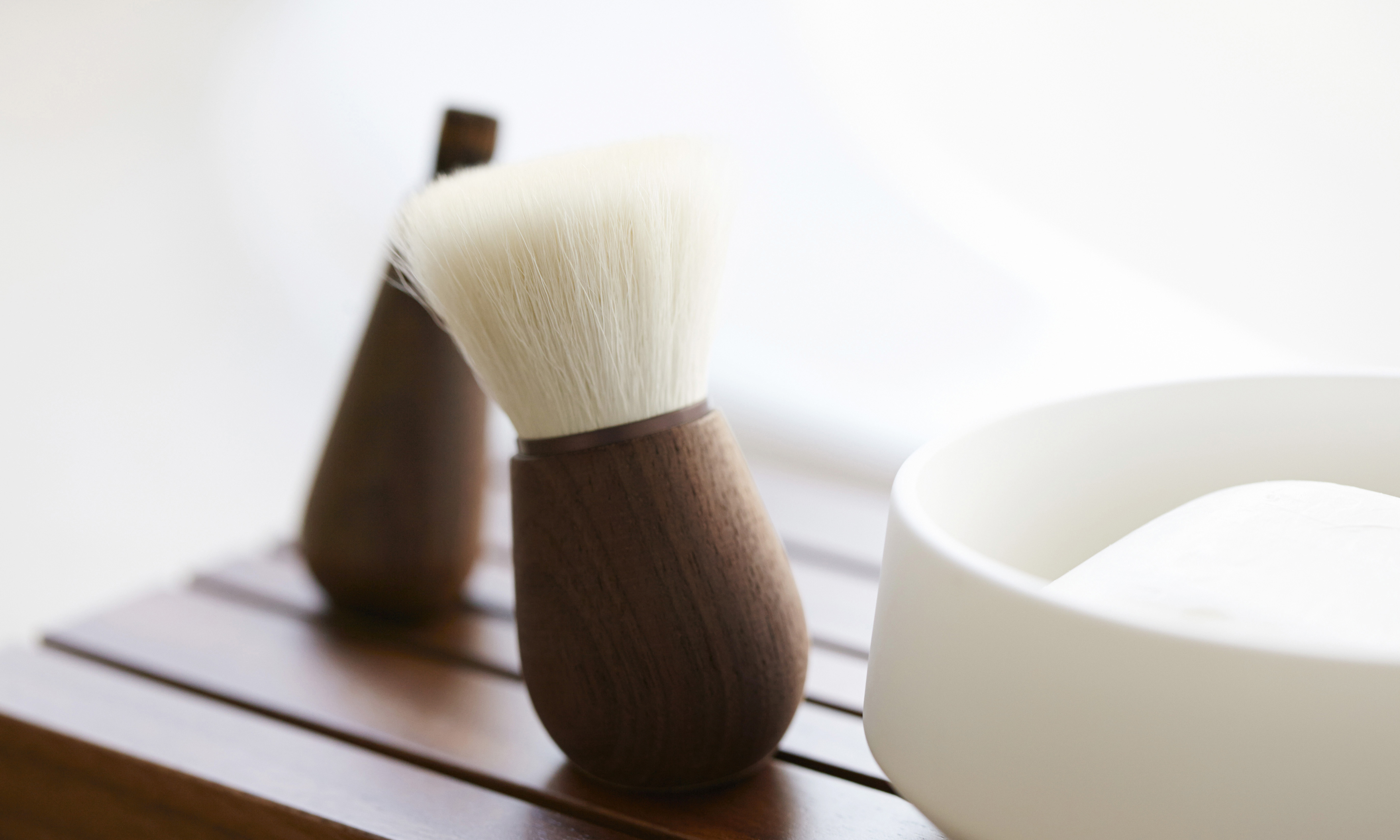
© SHAQUDA
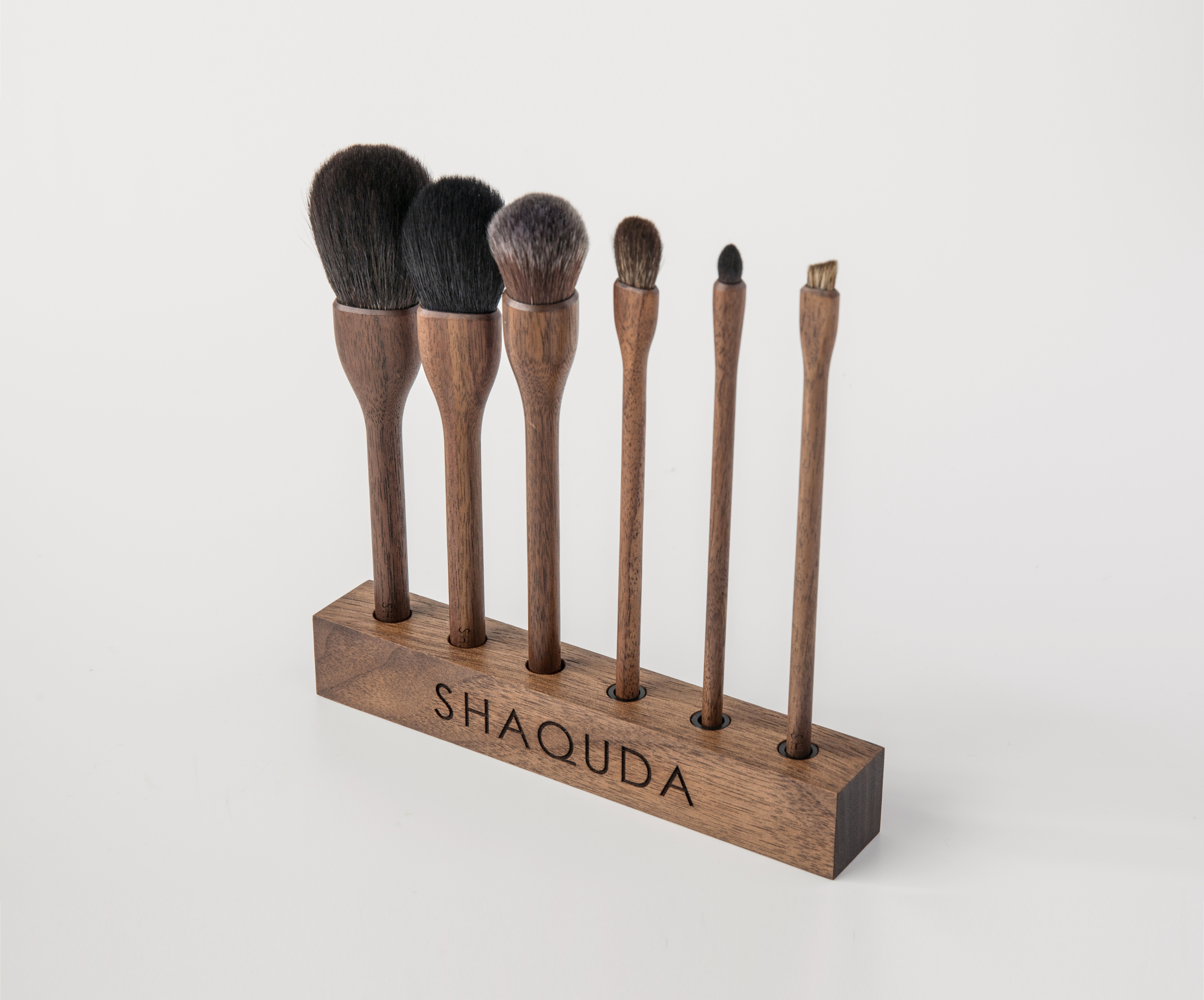
© SHAQUDA
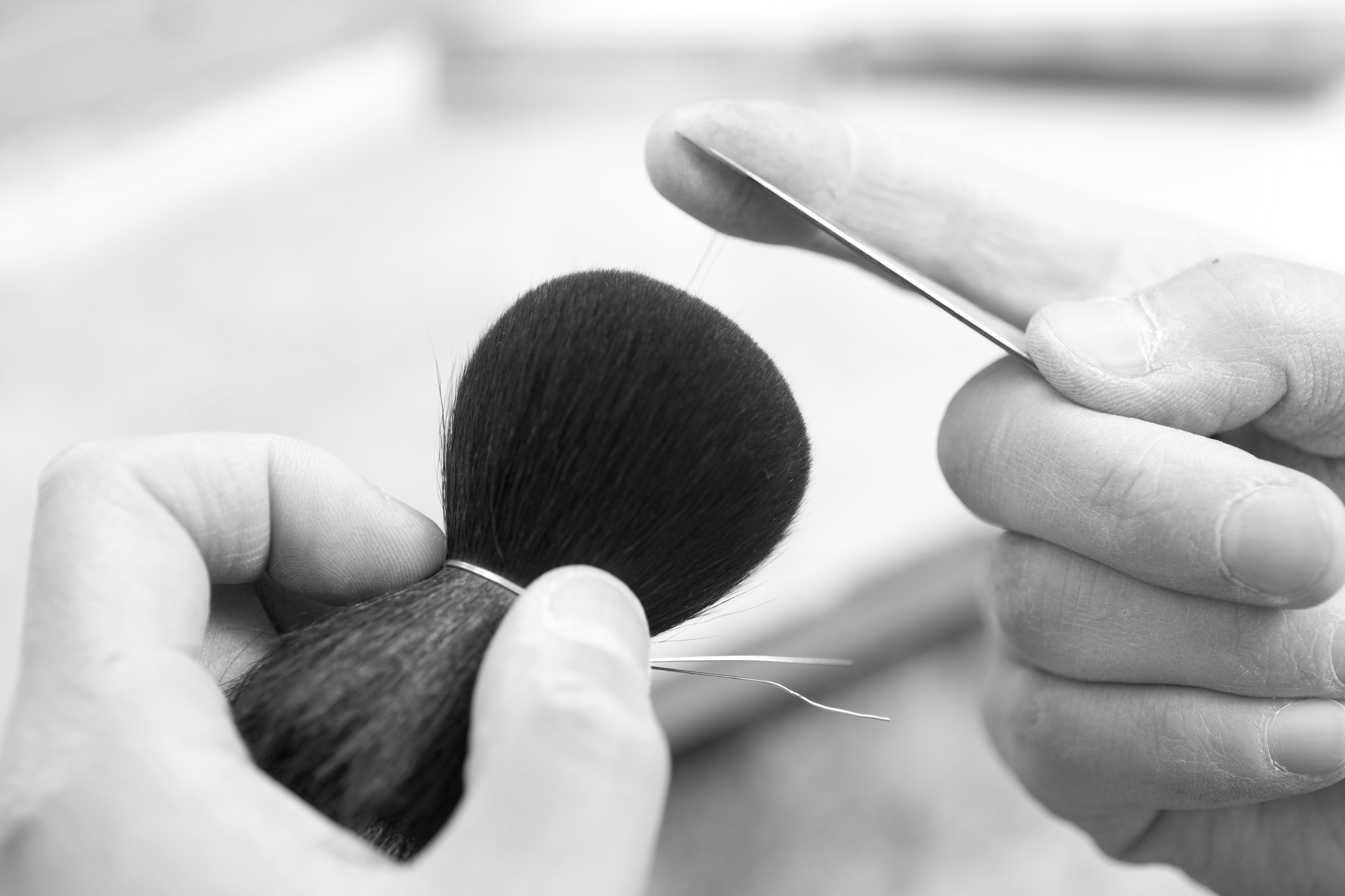
© SHAQUDA
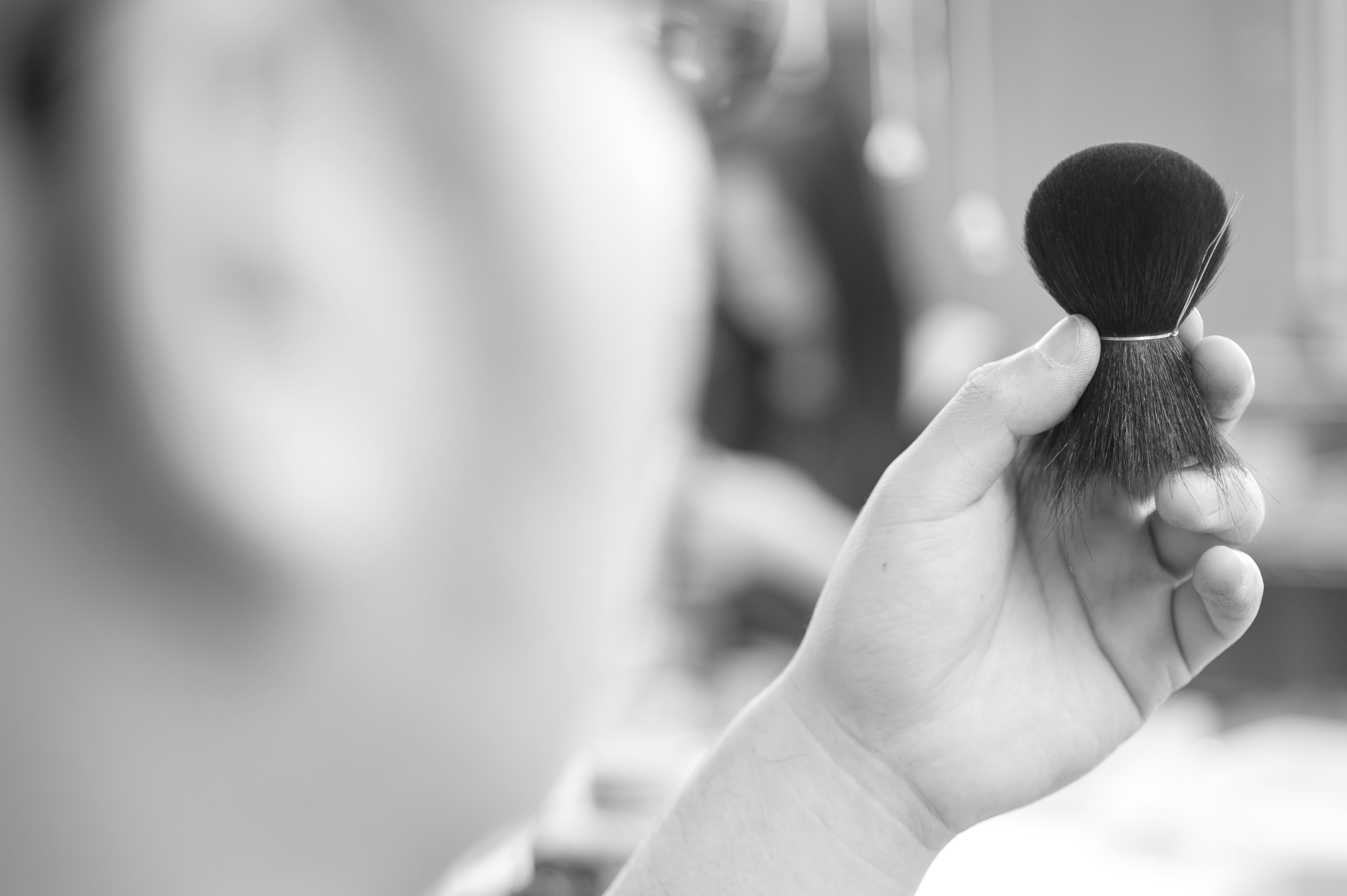
© SHAQUDA
TRENDING
-
The Tattoos that Marked the Criminals of the Edo Period
Traditional tattoos were strong signifiers; murderers had head tattoos, while theft might result in an arm tattoo.

-
Paris, Tokyo: Robert Compagnon
With his co-chef and talented wife, Jessica Yang, Robert Compagnon opened one of the top new restaurants in Paris: Le Rigmarole.
 3:31
3:31 -
The Story of Sada Yacco, the Geisha who Bewitched Europe
Described by Dazed magazine as the first beauty influencer, she has been restored to her former glory since 2019.

-
Ito Jakuchu's Naturalist Paintings
From 15 September until 14 October 2018, the Petit Palais showcased the artist's iconic ‘Images of the Colourful Realm of Living Beings’.

-
Images of Tokyo Captured from Fire Escapes
In 'Tokyo Twilight Zone', photographer Shintaro Sato presents the capital from an angle more familiar to its residents than visitors.





